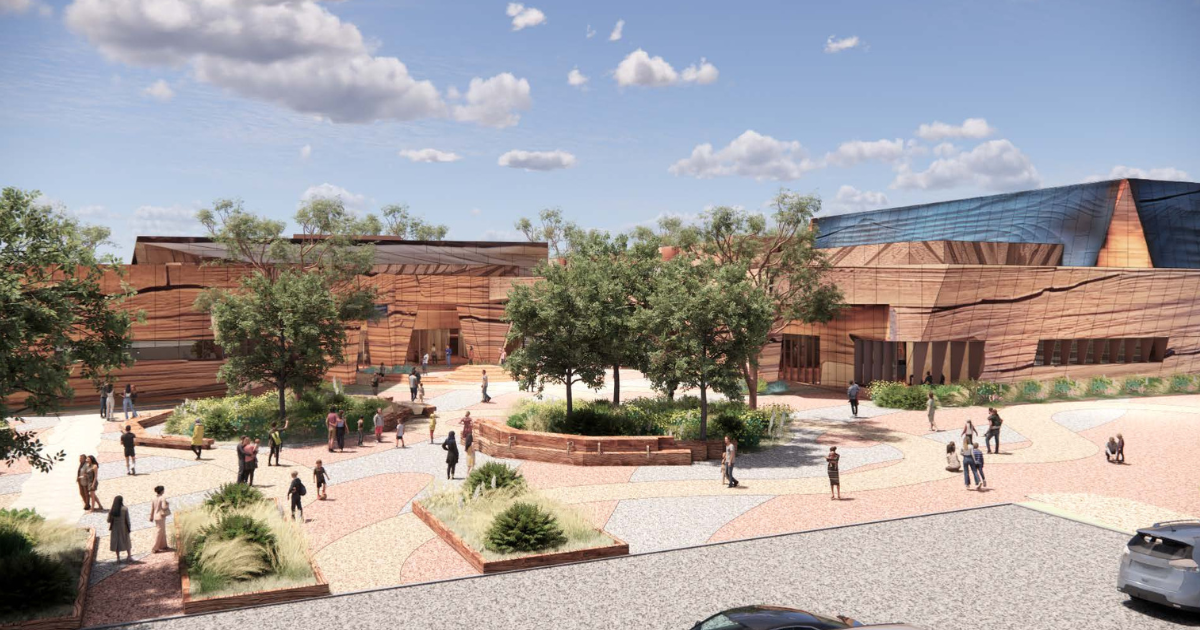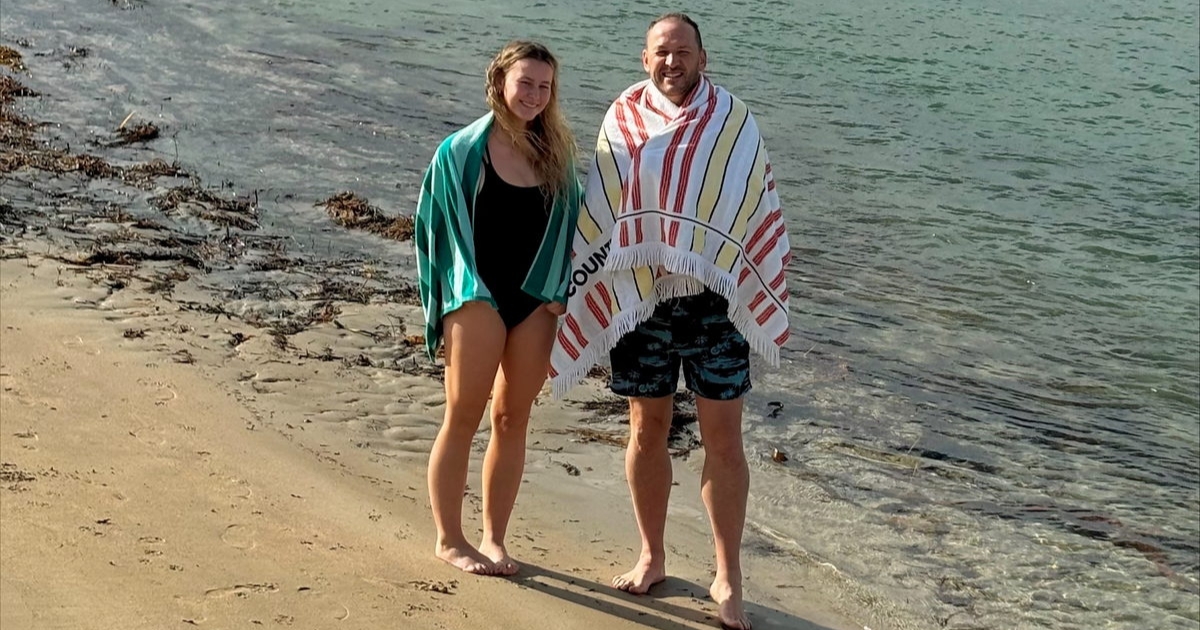Councils mull impact of lower rate cap

Victorian councils - including the City of Greater Geelong, its Wurriki Nyal headquarters are seen here - will receive less revenue from rates and charges in 2024-25. Photo: CITY OF GREATER GEELONG
COUNCILS across the greater Geelong and Surf Coast regions are bracing for further monetary challenges in the next financial year, with the state’s rate cap lowered significantly.
Late last year, the Victorian government announced the rate cap – which limits the amount councils can increase their total revenue through rates and charges – would decrease from its present level of 3.5 per cent to 2.75 per cent in 2024-25.
The Victorian government says it accepted the recommendation of the Essential Services Commission about the cap, which is equal to the forecast Consumer Price Index (CPI) for the coming financial year.
The Municipal Association of Victoria (MAV) described the impact of a 0.75 per cent drop in revenue as “challenging in the extreme” in the present financial environment, and the Surf Coast Shire and the City of Greater Geelong are among the councils already considering the effect on their 2024-25 budgets.
Surf Coast Shire general manager of strategy and effectiveness Damian Waight said inflation had recently been rising much faster than the shire’s revenue base and certainly higher than the 2.75 per cent rate cap. “The gap between our revenue and recent inflation rates presents challenges in meeting our growing community’s expectations.
“However, our long-term financial planning has us well positioned to meet these challenges and we expect to be able to continue to deliver for our community.
“Our upcoming budget processes and long-term financial plans will continue to manage our finances in a revenue-capped environment.”
Geelong mayor Trent Sullivan said the city understood cost of living pressures were hitting hard, “and we are always seeking to minimise the financial burden on our community”.
“However, like all councils, the cost of delivering our services is rising and a rate cap set well below the level of inflation is a challenge.
“We are being asked to deliver more each year to a growing population, but in real terms we will have less revenue to do it with.”
The Borough of Queenscliffe had not responded to questions by deadline.
The Victorian government argues rate capping, which it introduced in 2016, has stopped rates going up at an average of 6 per cent, with the average rate cap between 2016-17 and 2023-24 limited to 2.25 per cent.
MAV president Cr David Clark said councils were grappling with rising costs on several fronts.
“To decrease the rate cap at this time means many councils will be struggling to deliver the services and infrastructure our communities rightly demand.
“While local government goes backwards by 30 percent compared to CPI since the introduction of the rate cap, all while the state and federal budgets increase far beyond this.
“For councils to be stuck at 2.75 percent is going to be challenging in the extreme.”
Cr Clark said the MAV would continue advocating for an independent review of the rate capping system.
“The rate cap is a blunt instrument that provides no capacity to deal with the diverse needs of individual communities and the councils who service them.”

















